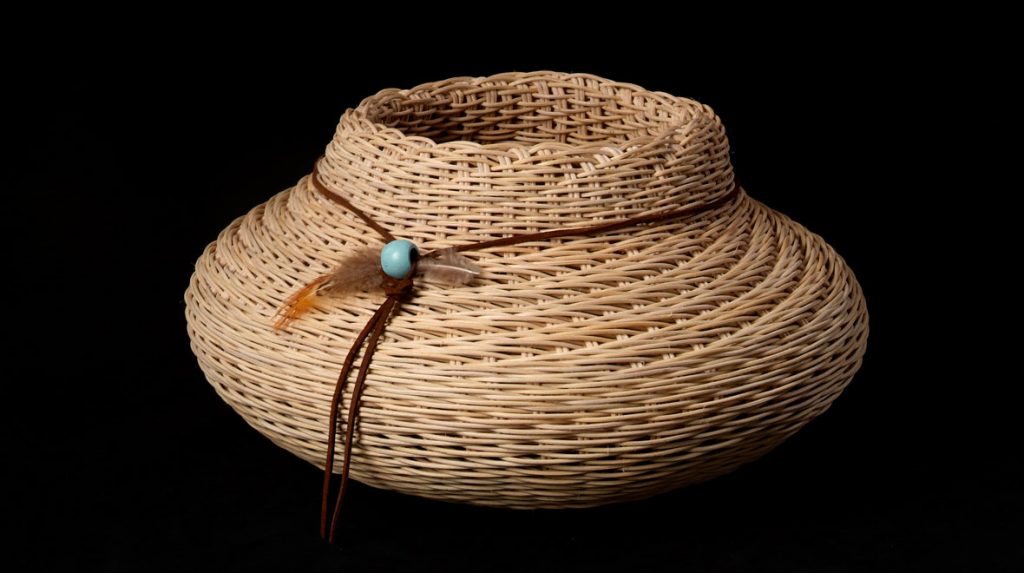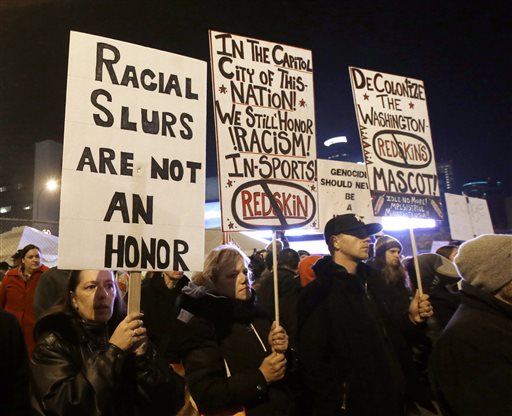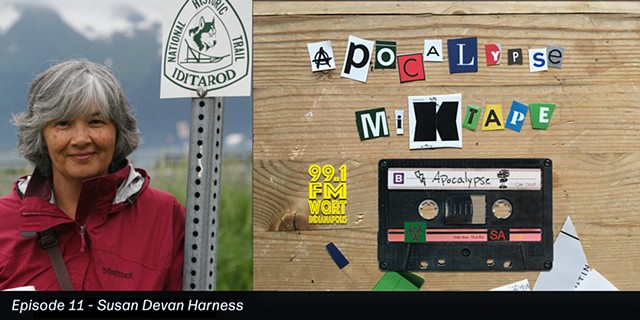 During the 1950s, 1960s and 1970s, American Indian children were placed with white families at a phenomenal rate. By 1974, approximately 30% American Indian children were removed from their American Indian families and placed with non-Indian families. Neglect was cited most often, a vague term that was responsible for changing the lives of Indian children, their families, tribes and nations
During the 1950s, 1960s and 1970s, American Indian children were placed with white families at a phenomenal rate. By 1974, approximately 30% American Indian children were removed from their American Indian families and placed with non-Indian families. Neglect was cited most often, a vague term that was responsible for changing the lives of Indian children, their families, tribes and nations
As with any commodity, there needs to be a marketing program, and American Indian transracial placement was no different. Adoption was a way to “save the forgotten Indian child.” And people responded. In a study, conducted by David Fanshel, who explored the success of American Indian transracial placement, there were 7000 applications for the pool of 395 adoptees. There were two major questions that would be answered with this study: 1) Would children in transracial placements thrive? 2) Would parents of children of a different race accept them wholeheartedly? Within three years of the nine year program, the project was deemed a success, and the floodgates opened. State social services, as well as Catholic Charities, Lutheran Family Services, the Methodists, Baptists, Pentacostals, Mormons and the Jews all became involved in American Indian child placement. Although everything seemed to be ok in childhood, adoptees experienced significant psychological issues in their teens, including depression, and suicidal attempts. Adoptees had found themselves lost between two cultures with nowhere to turn.
My essay, “Adoption Didn’t Solve the Indian Problem,” clearly lays out how this assimilation program followed in the footsteps of so many others, and ended up, like the others, with deleterious results.


